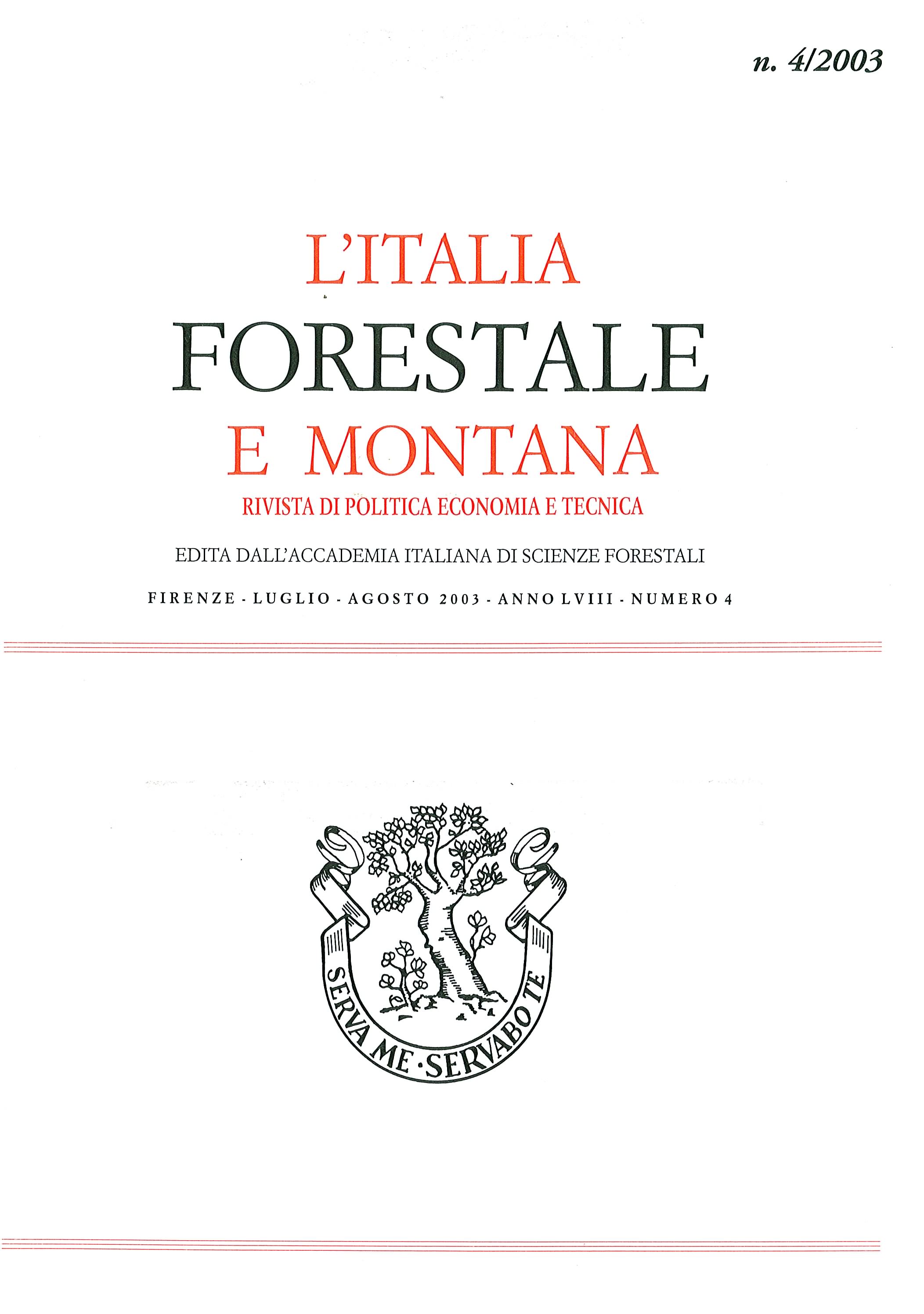Published 2003-08-29
Keywords
- remote sensing,
- fuzzy classifications
Copyright (c) 2013 Italian Journal of Forest and Mountain Environments

This work is licensed under a Creative Commons Attribution-NonCommercial 4.0 International License.
Abstract
In remote sensing-derived thematic maps, information is traditionally represented in a one-cell one-class method, which assumes each cell in the map can be assigned unambiguously to a single class. However, as a pixel is an arbitrary spatial unit in terms of size, shape and location on the ground, individual pixels often contain more than one thematic map class. Despite being composed of more than one class, a conventional crisp classification will force the allocation of mixed pixels to one class while the additional information concerning residual class membership is lost. Therefore, more general classification approaches are required that allow for partial and multiple class membership. The substitution of fuzzy set theory for traditional crisp set theory explicitly acknowledges that a thematic map cell may partially belong to a class and simultaneously belong to more than one class with variable degrees of class membership expressed on a scale of [0, 1]. In the case of fuzzy classifications, the classification output is composed of multiple layers representing for each pixel the corresponding degrees of class membership as opposed to one single layer of data of conventional crisp partitions. A problem with multiple maps, is how to measure the degree of uncertainty in categorical labelling of thematic map locations. In this paper, we suggest that a classical measure of specificity/non-specificity may be used to adequately summarize the uncertainty in categorical labeling of thematic map pixels.

